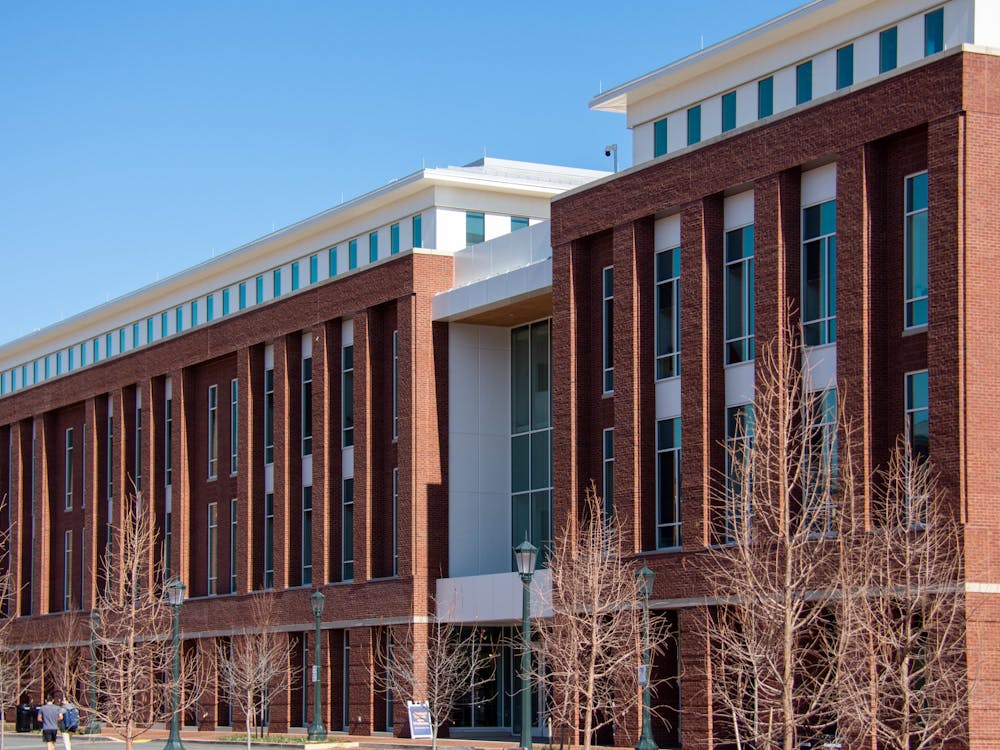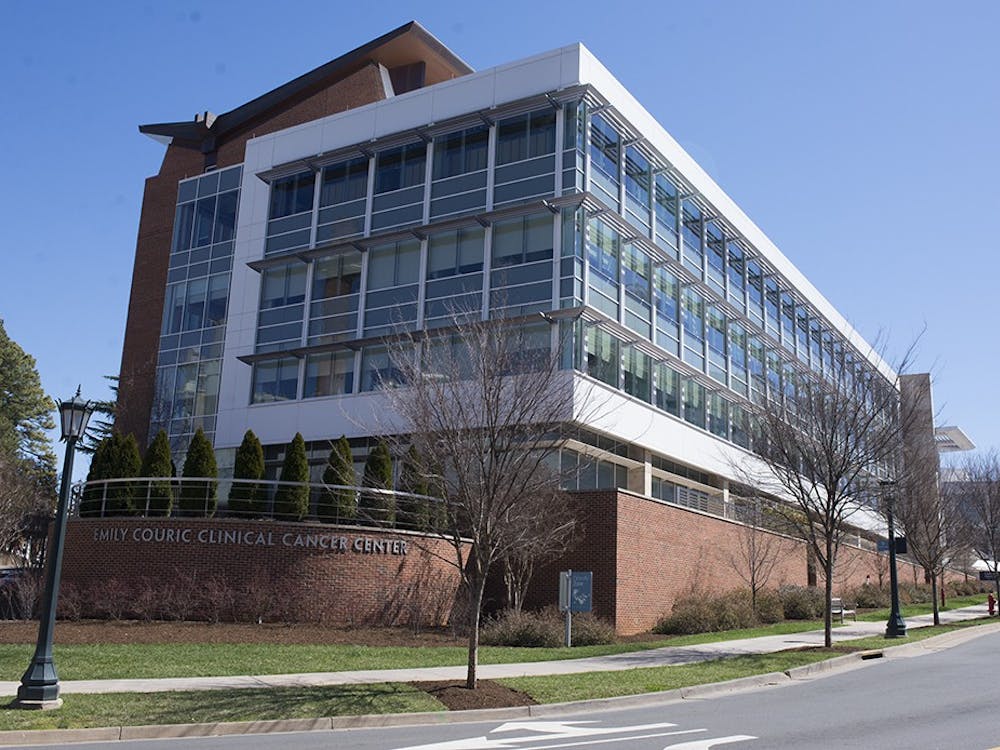As you grab a bottle from the 24-pack of Poland Spring in your dorm room and head out for the day, you probably don't stop to think about the 894 million people in the world who do not have access to what the United Nations defines as an adequate amount of safe freshwater.
Asst. Emergency Medicine Prof. Amita Sudhir recalled during her younger days growing up in India, "Water was available to be used in two hours in the morning and two hours in the evening. Typically five to ten pots per day were rationed off as drinking, while for the rest, ground water would have to suffice."
Access to safe freshwater has a wide range of health effects. For most people living in the developed world, diarrhea is just an embarrassing annoyance or a punch line of a joke among friends. For many in the developing world it is life-threatening, however, especially for children under the age of 5.
Christa Fischer Walker, associate scientist at the Johns Hopkins School of Public Health, led a team of researchers in compiling a list of 10 ways to prevent diarrhea to reduce the number of associated deaths. These preventative measures include proper hand-washing with soap, improved sanitation, cleaner drinking water and better water treatment in the home. Walker is attempting to to prevent outbreaks of diarrhea by implementing these low-cost and effective practices rather than creating expensive, novel approaches.
The treatment of diarrheal diseases in sub-Saharan Africa consumes 12 percent of the region's health budget, according to the Water Supply and Sanitation Collaborative Council. During a typical day, patients who suffer from these diseases occupy more than half of the available hospital beds. As a result, the limited number of overworked physicians and health care practitioners devote the majority of their time to these easily preventable diseases rather than fighting against other serious illnesses such as cholera.
According to UNICEF, about 2.2 million children die every year because of acute diarrhea. "Diarrheal diseases affect children who do not have good nutrition to begin with and thus are less resistant to the effects of a single case of diarrhea," Sudhir said. She also emphasized the importance of proper sanitation. "Trachoma is an eye disease which causes blindness and can be prevented if clean water is available to wash the hands and face," she added.
In light of World Water Week, which lasted March 20 to the 26, contracted independent organizations have helped bring to light the importance of clean, fresh water through events such as UNICEF's TAP Project - in which donating at least $1 for tap water in selected restaurants provides safe drinking water for a child for 40 days - and UVa Sustainability's World Water Day Celebration.
Apart from the collective efforts of student-run organizations, University students also have been actively involved in promoting awareness and educating about water resources, sanitation, health and water usage.
First-year Engineering student Pranav Aurora volunteered with the non-governmental organization Community Water Solutions for nearly a month this past January to bring clean and affordable drinking water to villages in northern Ghana.
"We taught the villages the importance of clean drinking water and promised them a water treatment center, using a community-based approach," Aurora said. Volunteers also built a water treatment center and taught villagers how to treat and safely store their safe freshwater. Unlike other organizations, Aurora said, in the final week of the fellowship, "We handed over the reins, letting the villagers take control of the project while we monitored to make sure there would be continuity even after we left."
The effort to sustain the supply of safe water extends beyond that month. A "monitoring stage" is implemented, including weekly visits to these villages to make sure clean drinking water is continually provided. To date, Community Water Solutions has reached more than 10,000 people and will continue to expand to 10 more villages.
Efforts to promote water conservation and sustainability also are taking place here at the University. "By 2005, our water usage had dropped to just over 421.5 million gallons, down by over 37 percent from the 672 million gallons peak in 1999," said Cheryl Gomez, director of energy and utilities for the University.
This drop was an impressive feat, especially since the University population had risen by nine percent and the serviced area had grown by 12 percent. After 2005, however, there has been an increase in water usage each year. Gomez attributed this rise to the recent construction of energy and water-intensive facilities for medicine, research and student housing, as well as the general growth of the University population.
Gomez said she and her colleagues have accomplished a long list of initiatives for water conservation, however. One of these goals was to eliminate air conditioning units which use domestic water for cooling, replacing them with chilled water. "With domestic water, the water ran past the coils and down the drain in a single pass," Gomez said. She added that with chilled water cooling, however, the water is re-circulated in a closed loop system so it doesn't go down the drain.
Access to water is a key issue both domestically and abroad. Now next time you enjoy a nice warm shower or take a drink from the faithful water fountain at the Aquatic & Fitness Center, be thankful for the five-letter word that is easily taken advantage of and think about what you can do to help.






